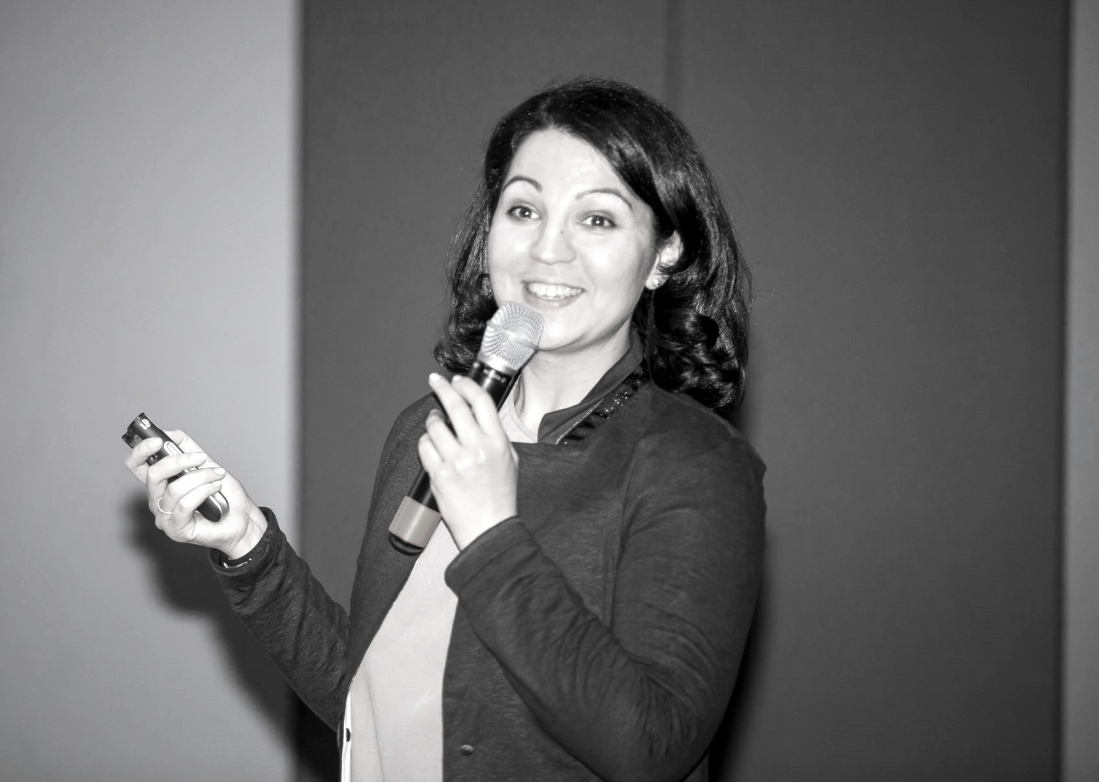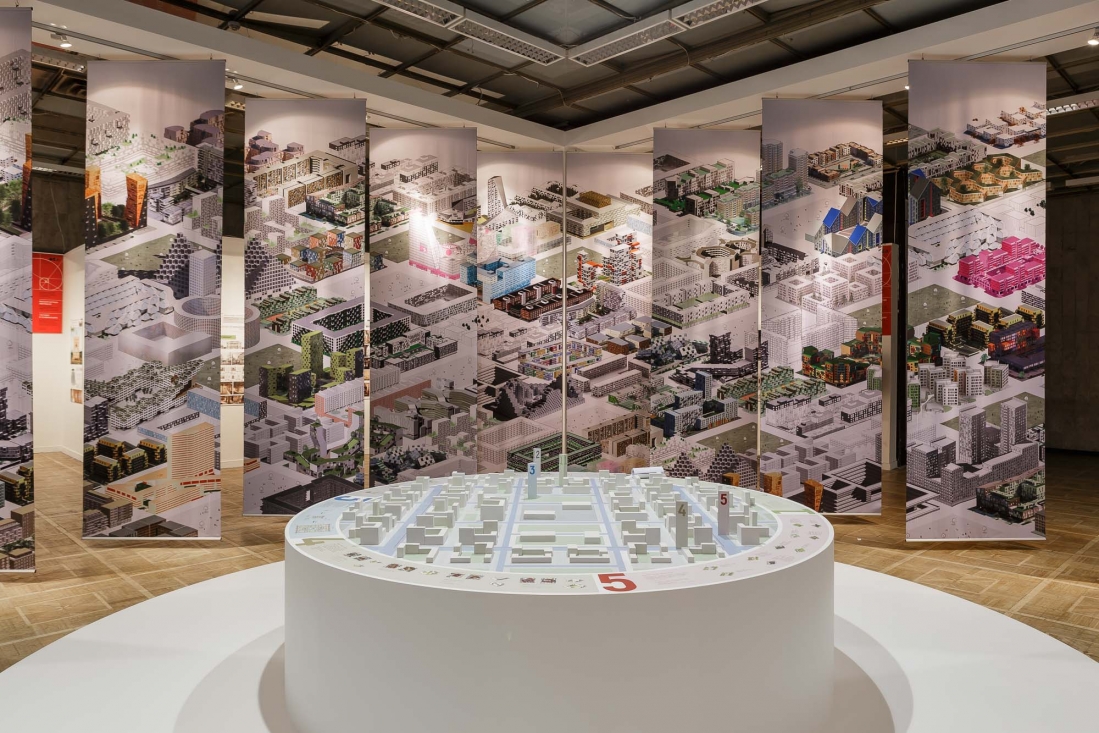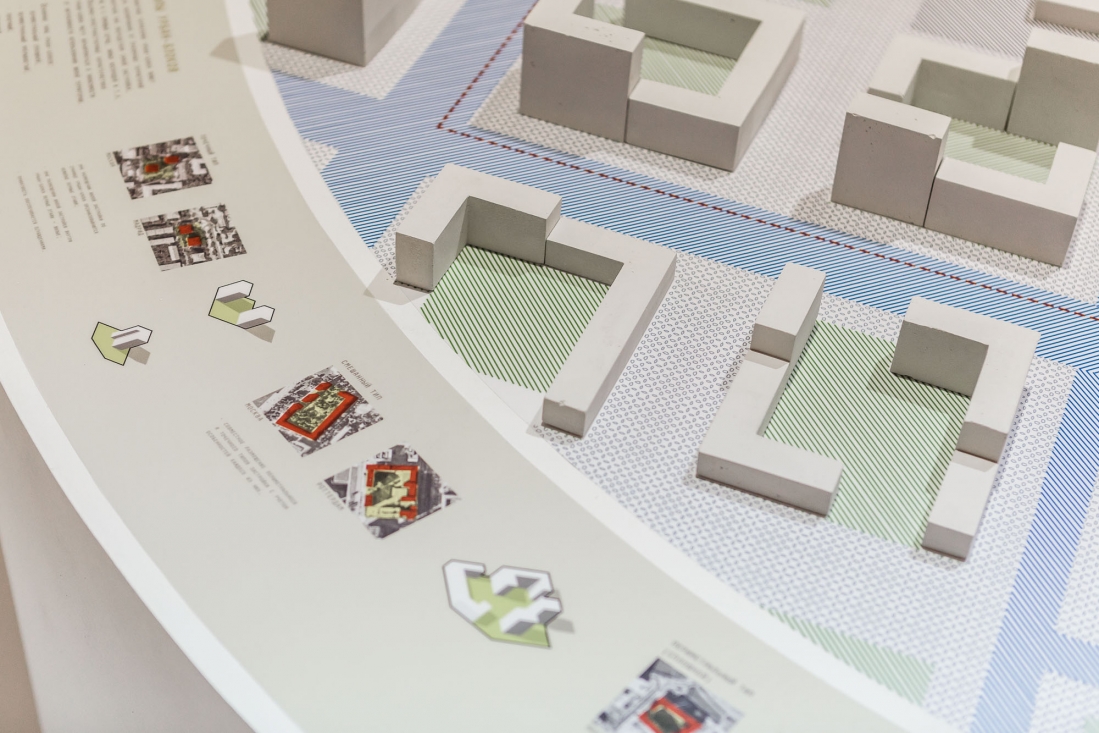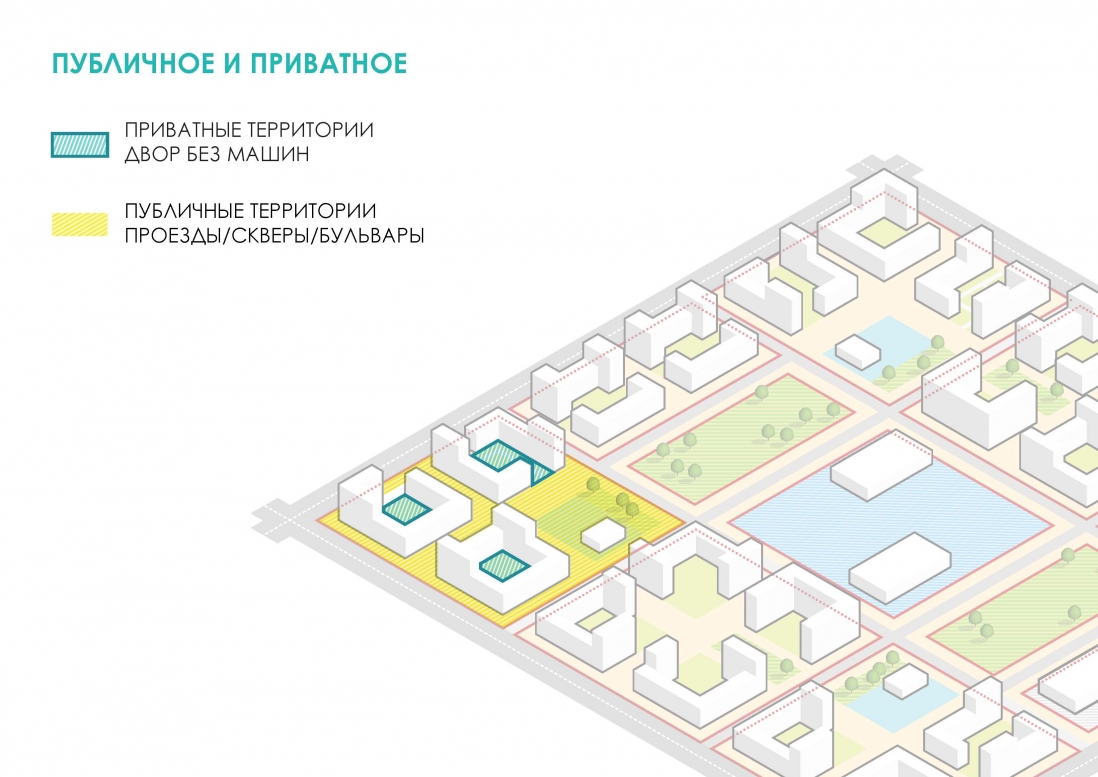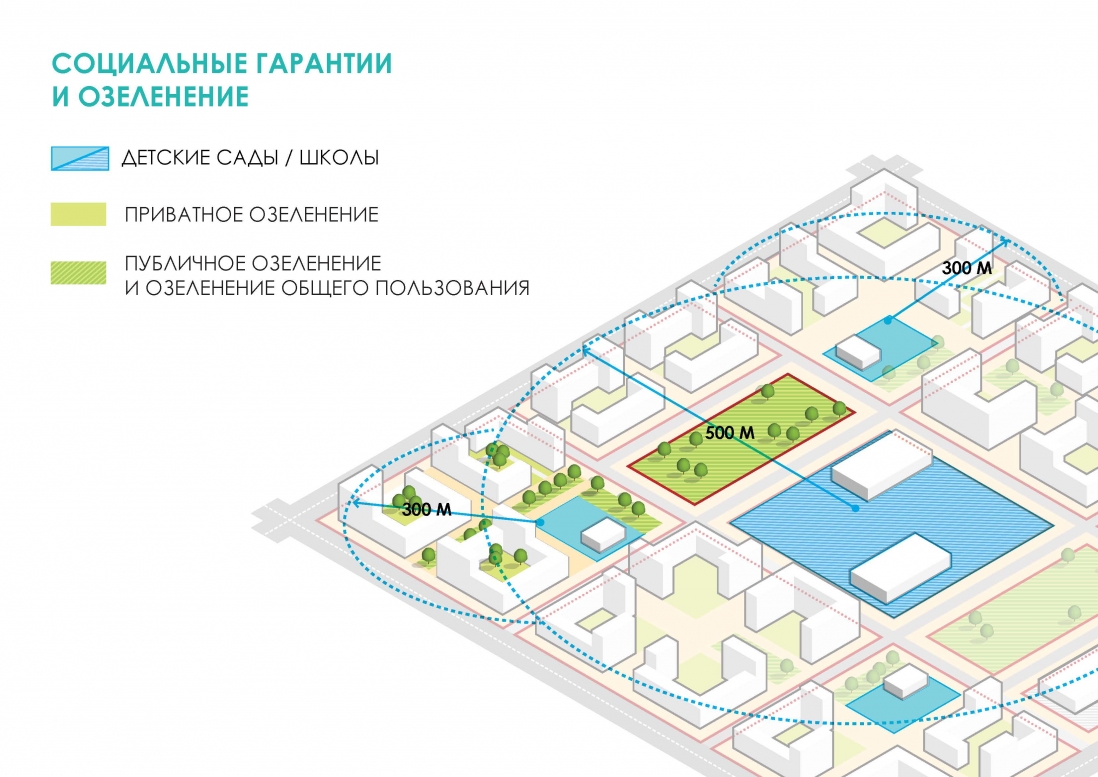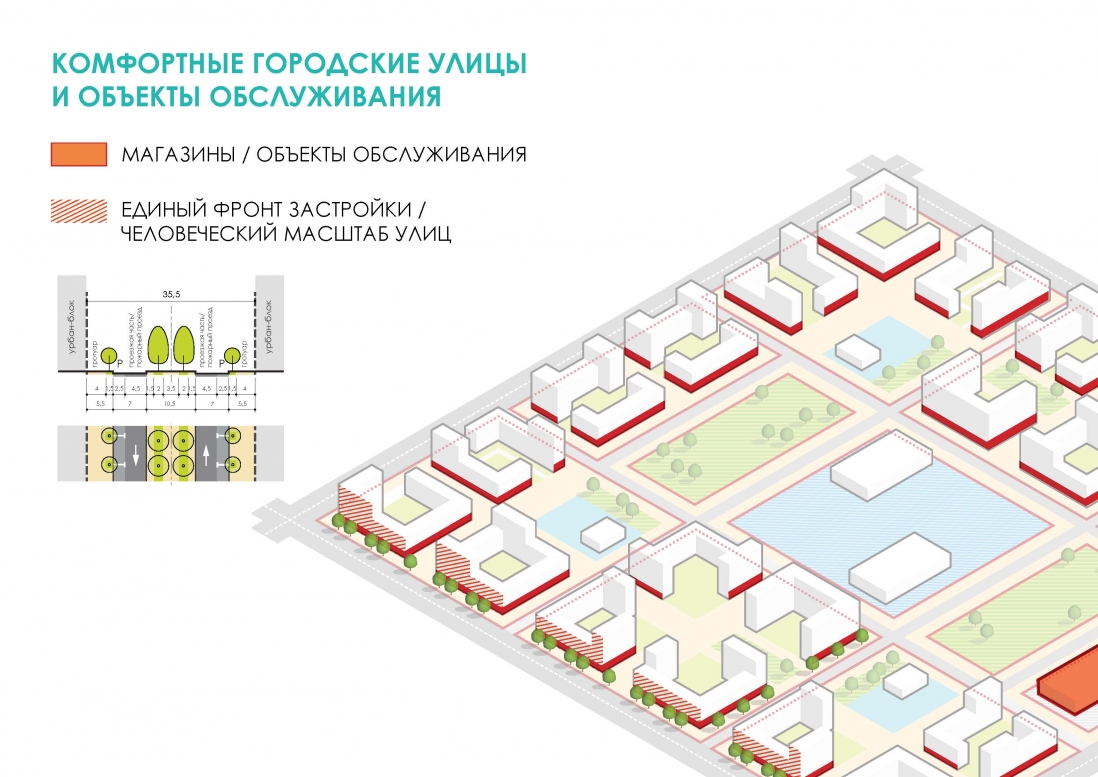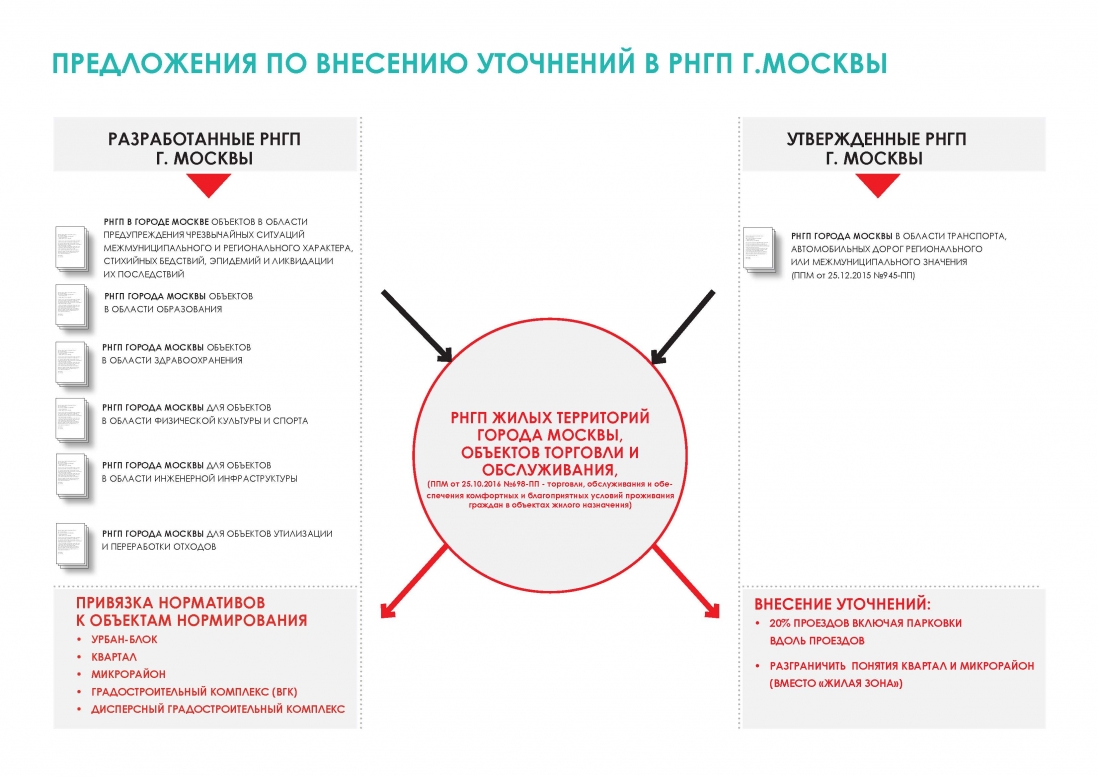Dina Dridze – on the new Moscow town-planning standards project
This year at ARCH Moscow NEXT!, Moskomarkhitektura spoke on the Regional standards of town-planning projecting of residential areas. How RSTPP will allow to control permeability and accessibility as well as the altitude of the building was explained to Archcouncil portal by Dina Dridze, creative director and head architect of RSTPP developers — planning office «BRT RUS»
Archcouncil: This year, committee stand is dedicated to standards topic, precisely to the project of Regional standards of town-planning projecting (RSTPP). What do they represent and how do they differ from the Moscow urban building standards (MUBS) existing now?
Dina Dridze: The entire committee stand this year is about RSTPP habitation, but I’d like to say there are lots and lots of aspects that they don’t embrace. Today, a number of regional standards is being developed, which together should help design the environment. One of the results of this work will be the adjustment of terms and definitions, which is highly important, because now they contradict one another: for example, some standards equate micro-district to block, while others don’t. But they have different calculation demands, parking places are counted for «micro-district / block» now, so how is it to choose... Now each such unit will have clear definition, and we will try to make this glossary common for all papers.
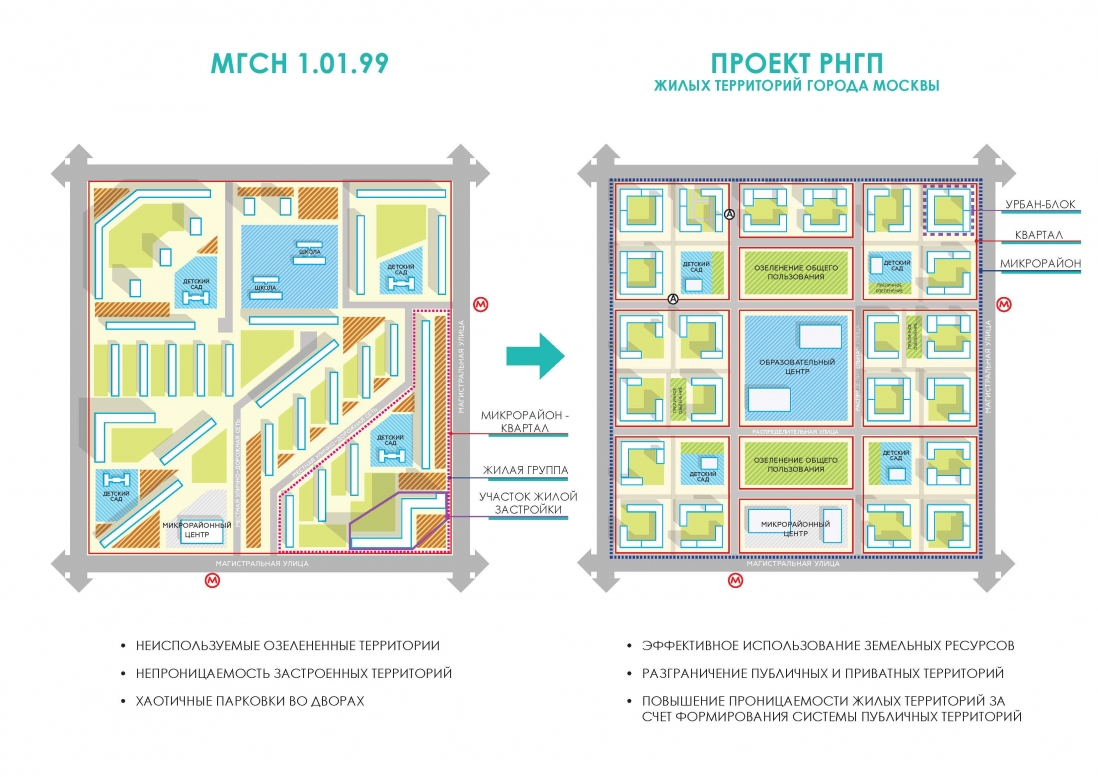
We suggested calculation model through RSTTP — it has micro-district, block and introduces new unit with working title — urban-block: it could be the analogue of residential building site which we had in MUBS. But this one has different structure. Earlier, residential building site has included all the house necessities — grounds for peaceful rest, for active one, grounds for elderlies, children’s playgrounds, parking places, household grounds — all of it had to be provided within the boundaries of one site around the house. It turned out, you could have planned any way you like — you just needed to consider the set of all elements.
— And will RSTPP replace MUBS in the end?
— Yes. Actually, MUBS has good calculation scheme, but that scheme used to work with particular micro-district necessities, where all the territory is for general use, the whole point there was different. There have been security and the set of the elements (element-by-element set?) — and further no one cared how you handle everything.
It doesn’t really work in a situation where you are to divide private ground and public space. Now, physically you don’t really need noisy playgrounds in your courtyard, it’s not cool to have people playing soccer under your window, and parking places are not necessary in a courtyard either. So, functionally one had to take it all out, but at the same time not to lose on quality, because taking everything out and not transferring it somewhere else is a notable risk here.
— Now everything is organized in a micro-district-block-urban-block. Almost like matreshka...
— Yes, the scheme wasn’t invented by us, but is certainly convenient, allowing us to check all the way through if the system is in balanced. For example, here’s a block, it consists of a set of urban-blocks and public areas by which we can reach the compulsory permeability in a block by 20% — it is already stated in transportation RSTTP, and it is confirmed.
— And what do you mean by permeability?
— It is, in fact, passages which are not considered red lines. Before, they could be anything — you provided firefighting and that’s enough. Clear permeability requirements provoke you to a more effective, in a sense of exploitation, approach. All the parking places that you’ve taken out of the courtyards, are located along those passages. By the way, we have calculated the difference between systematically-planned parking places and «worms» — in terms of plane parking places provision, accretion is significant.

— So, a human would remain the subject of rationing?
— Yes, everything is calculated for one person — so he is the subject of rationing. There are documents of higher level — like Sanitary Standards and Regulations and town-planning Code of Regulations. For instance, Sanitary Standards and Regulations say, that a kindergarten is supposed to have a certain number of playgrounds and certain amount of meters for one child. And you have nothing to do, you have to calculate all playgrounds each by each, multiply meters by the quantity of children and that’s how you get the size of each playground...
It is essentially important, that a block doesn’t have a radius bigger than 300 meters. It gives us certain guarantee, that this infrastructure would stay within the territory of a residential house.
— So, let’s say, every resident of a house would have 3 meters of a sportsground?
— Yes, or let’s take greenery that had to make 5,3 meters in a residential group, but now in RSTTP in an urban-block, a minimum value is 3 meters per person and 2,3 meters per person in a block. The whole point here is that we have redistribution, but no reduction. It was of a foremost importance to us to make a courtyard quiet, to take all the parking places out to the public space, to take out parts of a greenery in order to create public gardens and promenades, and grounds for active sports.
— Would blocks be mostly square?
— Of course not, we are not talking about making everything in the world square. RSTTP is a mold, a calculation scheme. From the point of view of typology, we could have any configuration and any combination — we can close the building, we can break it, we can set it as a semicircle.
Block is not a square, it is a planning structure, and it, in fact, doesn’t affect architect’s creation in any way. It is rather an appearance of the environment.
It seems to everyone and everyone is worried about the fact that there would be square building everywhere. It is not true. The thing is, the basic parameters of the environment should be set at the stage of town-planning projecting. Beginning to design a building, an architect shouldn’t think about its size and how street front is formed.
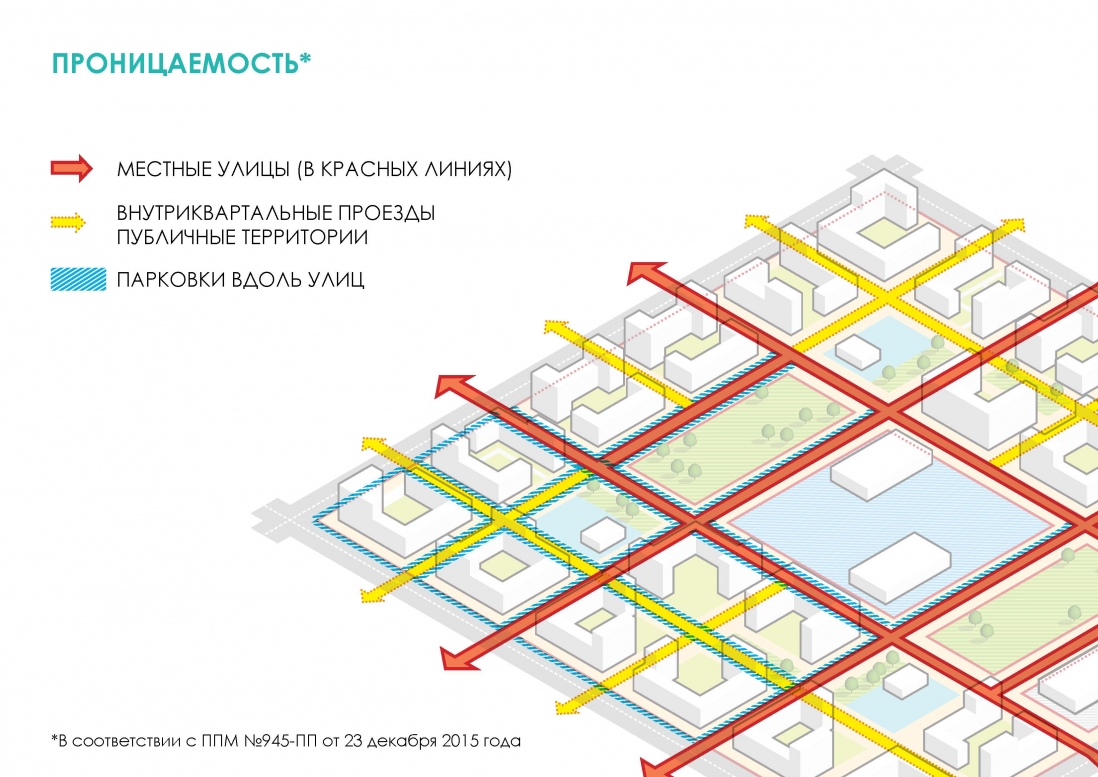
— Does RSTTP limit the altitude in any way?
— No, they don’t limit it directly. But for 22-storey-building block-building simply doesn’t work. It works for up to 12-14 stories in case of dominants and for 9-12 stories on the average, because we have a width of the street, a section that in fact limits the altitude. When a street is sufficiently narrow and houses are located close to each other, it is physically challenging to get higher than 9 floors, because then you don’t correspond to some other standards. There are situations when tower building would work, but one should say, that urban-block gives us opportunity to highly-effectively use territories, to make a comfortable density. So, we are hoping that our calculations will work, and this situation will turn out to be more profitable for developers.
We were just trying to prove in a calculation way that block system is effective.
— Still, what is the fundamental principle of a block-building?
— To keep street network, framework, permeability — that’s the most important principle.
— But it seems that soviet district had permeable and pretty clear territory as well...
— This is the whole problem — it has been cleat, there have been restrictions on major highways. It’s just matter of way too large «slicing». That is, all regulations were limited to residential group, and that is a territory that’s decent in size, and if you don’t demand to create public space within that territory, they would, for example, simply fence it off. And that’s it, you will have to walk around the whole thing if you don’t happen to accidently live there. The basic point here is to create a structure and a network, all possibilities for moving in different directions, and to lessen the traffic.
— Are regulations common for both built-up territories and fields located in Troitsky and Novomoskovsky administrative regions?
— Well, first of all TNAR is not all fields. First TNAR zone is so much not fields anymore that it has to be planned according to standards for urbanized environment from the point of view of security and accessibility. Of course, we do have division into a dispersed and an urbanized environment, for which a different density is envisaged.
MUBS considers micro-district a planning unit with established barriers and natural limitations — railways, rivers and so on, because those standards have been originally developed for mainly territories not built up. Since creating a micro-district within physical boundaries is sufficiently complicated under existing conditions, RSTTP envisaged a conception of a rated micro-district, linked not to territory size, but to population.
We are sure to meet two showing in a micro-district — accessibility and provision within a radius of 500 m — this radius, obviously, should include school, gardens, greenery, social services — everything that calculation implies, and this provision calculation was maintained. You see, many people have had this primary apprehension that now, because of intensification need, they would start cutting everything down, which would lead to the lessening of environmental quality.
But today, we accurately stick to the existing calculation of an infrastructure provision. For example, standards on greenery planting were redistributed, but they are still there.
— And how about new classes of public spaces within those standards, have any new ones appeared?
— They’ve finally appeared themselves, thanks to our clear determination of a space structure: we concentrated the private and organized the public. As a result, it is now possible to create a place for a promenade or a public garden.
— Have you considered foreign experience while developing RSTTP?
— Experience of England, Germany and even Japan has been taken into account. We even have a volume on foreign experience that’s enclosed to the project work itself, where it is explained what it is that’s normalized, how density and accessibility are calculated, what does one do with a street front. The point is, this entire structure works only when private and public are practical things. Additionally, common for everyone is, of course, safety need, which is the highest, which means, we should have distinct solution to this while planning.
- Tags:
- residential |
- renovation |
- urban design


